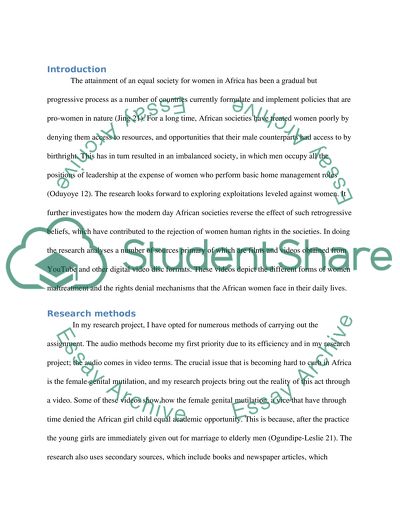Cite this document
(“Womens Rights in Africa and Where They Are Now Research Paper”, n.d.)
Retrieved from https://studentshare.org/english/1403992-womens-rights-in-africa-and-where-they-are-now
Retrieved from https://studentshare.org/english/1403992-womens-rights-in-africa-and-where-they-are-now
(Womens Rights in Africa and Where They Are Now Research Paper)
https://studentshare.org/english/1403992-womens-rights-in-africa-and-where-they-are-now.
https://studentshare.org/english/1403992-womens-rights-in-africa-and-where-they-are-now.
“Womens Rights in Africa and Where They Are Now Research Paper”, n.d. https://studentshare.org/english/1403992-womens-rights-in-africa-and-where-they-are-now.


